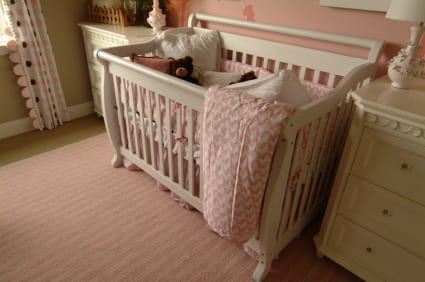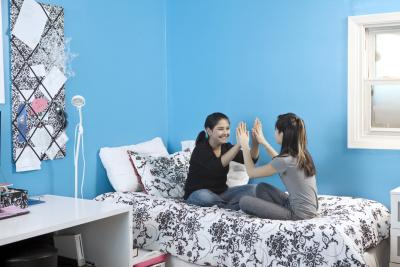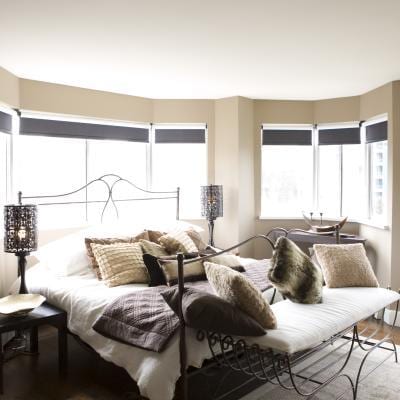Search Results for: bedroom items
Best Fire Retardant Products For Baby Bedrooms
Flame retardant products cannot prevent fires but they can work as a front line of defense.Fire retardants act to slow down or stop a fire from spreading. Plastics, woods, and fabric made with fire retardant materials resist flames.
Kids’ Bedroom Design Ideas
Whether you are redecorating a bedroom or designing the layout for a new house, your kids need a bedroom that not only is visually appealing but that is also functional. Some considerations of bedroom functionality may not have occurred to you, but they can help your kids spend meaningful time in their bedrooms, whether it’s sleeping or doing homework. Before long, your kids will be showing off their bedrooms to their friends.
How to Organize a Child’s Small Bedroom
A manageable organizational system in your child’s small room keeps the toys under control. You both are better able to find the items you need without searching high and low through piles of clutter. The space constraints in a small bedroom make organization more of a challenge, but there are many ways to give all of your child’s possessions a designated spot. You need a chunk of time to put the organization system into play, along with regular cleanup sessions to keep it organized.
Decorating & Furniture Tips for the Bedroom
Bedrooms don’t receive as much traffic as the living room or kitchen, but the decor of your bedroom sets the mood, whether you want a relaxing, spa-like retreat or a funky, modern room. Whether you’re decorating a small guest bedroom or an expansive master suite, you will find plenty of ways to infuse your own personality and decorating style into the decor.
Teen Bedroom Colors
When decorating a teen bedroom, the color scheme sets the tone. A new neutral can serve as a mellow backdrop, while brilliant hues, patterns and contrasts bring the room to life. Teens often like trendy, bright or dramatic color combinations, so devote an accent wall or some key pieces in their favorite hues while keeping larger pieces neutral so that you do not need to repaint and purchase everything when your teenager’s tastes shift. In general, consider paint colors and finishes for the walls first, and then complement or accent with bedding, window treatments, floor covering, artwork and furnishings. Keep in mind that colors can also highlight design assets and camouflage design problems. Use lighter, cooler hues to give a bedroom interior the illusion of more volume, and warmer, more intense hues to make the space feel more intimate.




